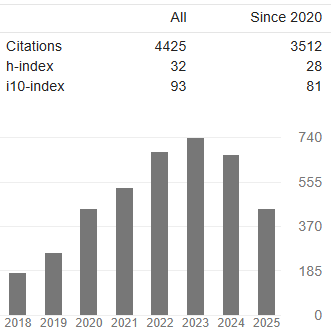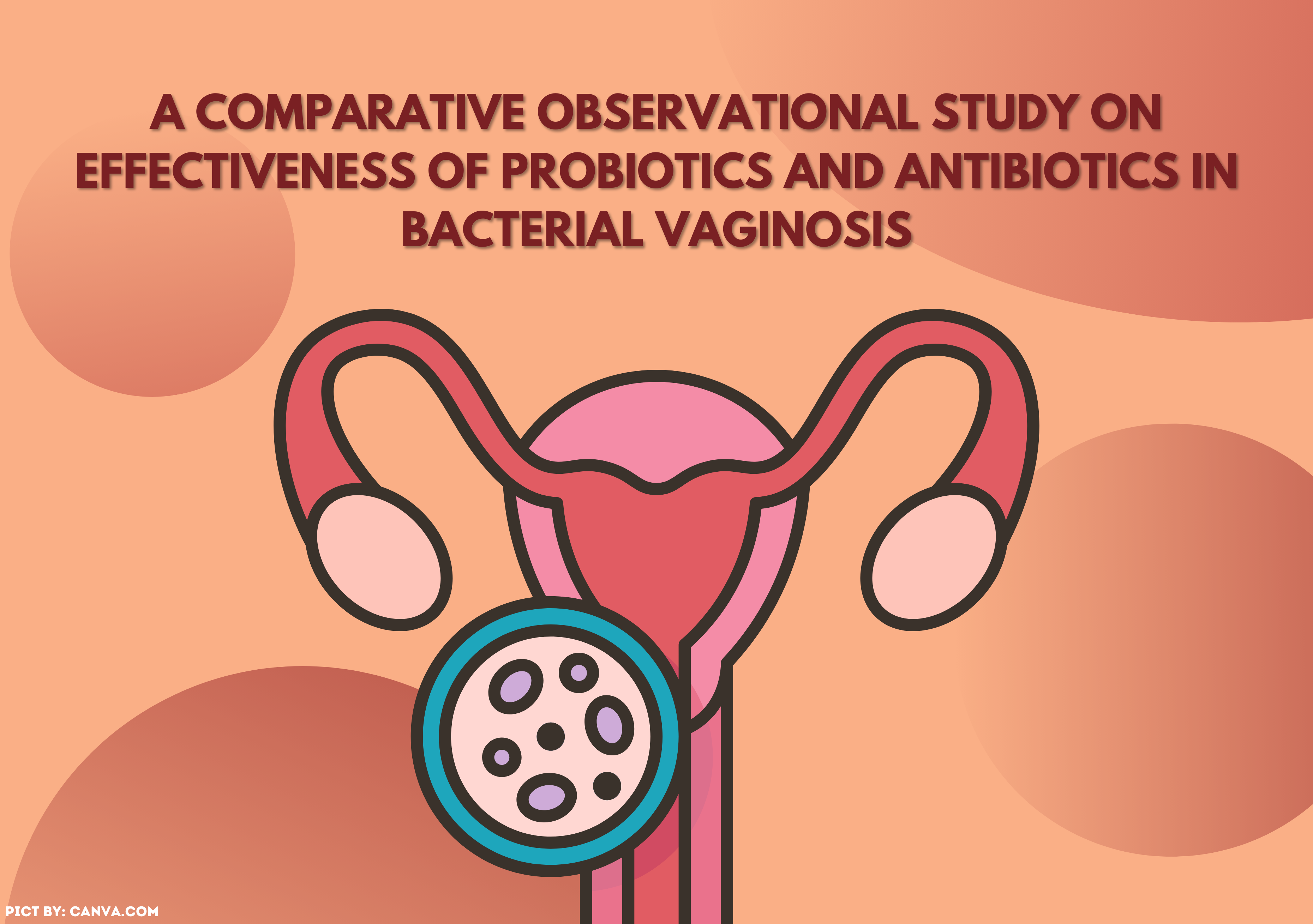CHARACTERISTICS RELATIONSHIP OF WORKERS AND INTENSITY OF WORK ENVIRONMENT NOISE WITH TINNITUS COMPLAINTS IN GAS INDUSTRIAL WORKERS IN SIDOARJO

Introduction: Industrial progress is characterized by the increasing use of machinery in factory which has a negative impact on workers' health, one of which is tinnitus symptoms. Tinnitus is a hearing loss due to exposure to noise. The purpose of this study was to determine the relationship of worker characteristics and intensity of work environment noise with tinnitus symptoms in gas industry workers in Sidoarjo. Methods: Based on the study design, this study used analytic research, in terms of time including cross-sectional research. Research variables include age, years of service, noise intensity and tinnitus symptoms. Data are from observation, measurement, questionnaire filling and interview. Result: The results showed that there was a relationship between noise intensity and tinnitus symptoms (p = 0.033). There was no relationship between the age of workers and tinnitus symptoms (p = 1.000). There was no significant relationship between years of work (p = 0.505) with tinnitus symptoms suffered by workers at PT. X Sidoarjo Gas Industry. There was no association between exposure pattern and complaints of tinnitus (p=0.165). Conclusion: So as to reduce the risk of tinnitus complaints the company can apply the use of ear protector for workers and install silencers that can absorb sound with high noise intensity such as glasswool, rockwool, foam, cellulose fiber and acourete fiber carpets to reduce noise.
Al-Swiahb, J. and S. N. P. (2016). Characterization of Tinnitus in Different Age Groups: A Retrospective Review. Noise Health, 214–219.
Choi, Yoon-Hyeoung. 2011. Metals, Noise, Diet and Hearing Loss” A dissertation submitted ini partial fulfillment of the requirments for the degree of Doctor of Philosophy (Enviromental Health Sciences) in The University of Michigan, 2011.
Dewanty, R. A., & Sudarmadji. (2015). Analisis dampak intensitas kebisingan terhadap gangguan pendengaran petugas. Jurnal Kesehatan Lingkungan, 8(2004), 229–237.
Dewi Purwita Agustini. (2016). Mengenali Gejala Tinitus dan Penatalaksanaannya. Fakultas Kedokteran Universitas Udayana, 6(1), 34–40.
Djafri, D. (2014). Prinsip dan Metode Analisis Kesehatan Lingkungan. Jurnal Kesehatan Masyarakat Andalas, 8(2), 100–104.
Masterson, E A., Themann, C L., Luckhaupt, S E., Li, J & Calvert, G M. (2016). Hearing difficulty and tinnitus among U.S. workers and non-workers in 2007. Am J Ind Med., Vol 59 (4), 290–300. https://doi.org/10.1002/ajim.22565
Gananca, M M., Caovilla, H H., Gazzola, J M., Gananca, C F., and Gananca, F F. 2011. Betahistine in The Treatment of Tinnitus in Patients with Vestibular Disorder. Journal of Otorhinolaryngol,77(4), pp. 499-503.
Hamzah, Z. 2014. Faktor-faktor yang Berhubungan dengan Keluhan Gangguan Pendengaran pada Tenaga Kerja Bagian Produksi PT. Japfa Comfeed Indonesia Tbk. Unit Makasar Tahun 2014. Skripsi. Universitas Islam Negeri (UIN) Alauddin Makasar.
Ibrahim, I., Aremu, A., Ajao, K., & Ojelabi, A. (2015). Evaluation of Noise Pollution and Effects on Workers during Wheat Processing. Journal of Applied Sciences and Environmental Management, 18(4), 599. https://doi.org/10.4314/jasem.v18i4.6
Kurniawati, S. P. (2016). . Intensitas Kebisingan Terhadap Gangguan Pendengaran dan Keluhan Tinnitus pada Pekerja Penggilingan Daging di Kabupaten Jember. Kesehatan Masyarakat, p. 100. Doi: 10.1242/jcs.150862
Listyaningrum, A. W. 2011. Pengaruh Intensitas Kebisingan terhadap Ambang Dengar pada Tenaga Kerja di PT. Sekar Bengawan Kabupaten Karanganyar. Skripsi. Universitas Sebelas Maret.
Nugroho, D. A. and Naftali, Z. 2015. Hubungan frekuensi dan intensitas tinitus subjektif dengan kualitas hidup pasien. 45(1), pp. 19–26. doi : 10.32637/orli.v45i1.102
Occupational Safety and Health Administration. 2011. Worker Safety Series – Protecting Yourself from Noise in Construction. OSHA 3498-12N 2011.
PER.13/MEN/X/2011, P. R. (2011). Permenaker No. 13 Tahun 2011 Tentang NAB Fisik dan Kimia.
Primadona, A. 2012. Analisis Faktor Risiko yang Berhubungan dengan Penurunan Pendengaran pada Pekerja di PT. Pertamina Geothermal Energy Area Kamojang Tahun 2012. Skripsi. Universitas Indonesia.
Purintyas, Ipop Sakti. 2006. Hubungan antara Paparan Kebisingan dengan Keluhan Trinnitus pada Tenaga Kerja (Studi di Unit Power Plant Pusdiklat Migas Cepu). Skripsi. Universitas Airlangga.
Septiana, N. R., & Widowati, E. 2016. GANGGUAN PENDENGARAN AKIBAT BISING. HIGEIA (Journal of Public Health Research and Development), 1(1), 73–82.
Silitonga, N., Adnan, A., Isranuri, I., Haryuna, T. S. H., Ilmu, D., Telinga, K., ... Malik, A. (n.d.). The Relationship Between Noise Exposure and Hearing Loss ( Case Study at discotheque A , B , C in Medan ), 51.
Soetirto I, Hendarmin H, B. J. (2009). Gangguan Pendengaran. Dalam: Soepardi EA, Iskandar N, Bashiruddin J, Restuti RD. Buku Ajar Ilmu Kesehatan Telinga, Hidung, Tenggorok, Kepala & Leher. Edisi ke 6 (p. Pp : 10-22). Jakarta: Fakultas Kedokteran Universitas Indonesia Press.
Steinmetz, L. G. 2009. The characteristics of tinnitus in workers exposed to noise. Brazilian Journal of Otorhinolaryngology, 7–14.
Stranks, J. (2003). The Handbook of Health and Safety Practice. Sixt Edition. (Great Britain : Pearson Prentice-Hall, Ed.).
Tekriwal, R., Parmar, D. M., & Saxena, R. 2011. Noise induced hearing loss - A comparison between speech frequency and 4000Hz frequency. National Journal of Physiology, Pharmacy and Pharmacology, 1(2), 79–85. https://doi.org/10.1093/bioinformatics/btn484
Copyright (c) 2022 The Indonesian Journal of Public Health

This work is licensed under a Creative Commons Attribution-NonCommercial-ShareAlike 4.0 International License.
- The authors agree to transfer the transfer copyright of the article to The Indonesian Journal of Public Health effective if and when the paper is accepted for publication.
- Authors and other parties are bound to the Creative Commons Attribution-NonCommercial-ShareAlike 4.0 International License for the published articles, legal formal aspect of journal publication accessibility refers to Creative Commons Attribution-NonCommercial-ShareAlike 4.0 International License (CC BY-NC-SA), implies that:
- Attribution ” You must give appropriate credit, provide a link to the license, and indicate if changes were made. You may do so in any reasonable manner, but not in any way that suggests the licensor endorses you or your use.
- NonCommercial ” You may not use the material for commercial purposes.
- ShareAlike ” If you remix, transform, or build upon the material, you must distribute your contributions under the same license as the original.































